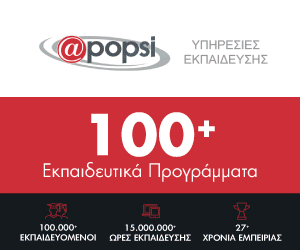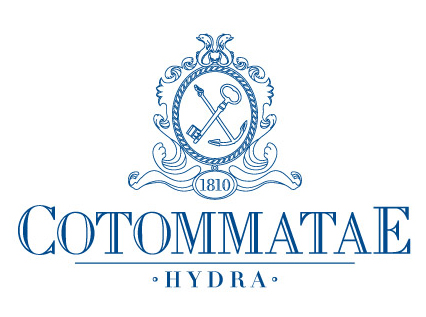Historic pact aims to reduce greenhouse gas emissions by half by 2050; the U.S. and Saudi Arabia offer only objections to otherwise unanimous agreement
The shipping industry made a historic step toward cleaner air on Friday with a deal to cut greenhouse gas emissions by half by 2050, after a politically charged debate at the industry’s global regulator in London.
Shipping and aviation were excluded from the Paris climate agreement adopted under a United Nations framework in 2015, with governments entrusting the International Maritime Organization to come up with a consensus on carbon reduction measures from ocean going vessels.
The aviation sector reached a deal on carbon emissions two years ago, but it took shipping much longer as ocean carriers and regulators considered measures such as the adoption of clean-burning fuels or electric propulsion, slower sailing speeds and hull design improvements at a cost of hundreds of billions of dollars.
The deal puts the agreement into force world-wide, with no other action needed by the regulatory body. The final pact was a compromise between groups and countries including the European Union, China, and other Asia and Pacific nations that pushed for reductions in emissions by as much as 70% and the U.S., Argentina, Brazil and Saudi Arabia, among others, that pushed for lower targets.
Of the 173 IMO-member states, only the U.S. and Saudi Arabia, objected to the draft IMO agreement that was circulated late Thursday and seen by The Wall Street Journal. They didn’t explain their objections.
“The text may not be satisfactory to all but it represents a strong middle ground,” said Kitack Lim, the IMO’s secretary-general. “This compromise is a solution that should be able to keep everyone on board.”
Shipping contributes about 3% of total annual carbon dioxide, or CO2, world-wide emissions, about the same as an economy the size of Germany, according to an IMO study. But vessel emissions are projected to increase by between 50% and 250% by 2050 as global trade grows and carriers add capacity without any action to intervene.
The IMO reductions would aim to cut carbon emissions to half the 2008 carbon dioxide levels.
The emission cuts will also affect thousands of exporters world-wide. Brazil, for example, exports large amounts of iron ore to China and fears strong caps will push up freight rates, helping rival Australia, whose iron exports sail half the distance to China.
Slow steaming, in which ships purposely throttle back to slower speeds, is also an anathema for countries exporting perishable goods like cherries from Chile and meat from Argentina.
‘The plan is far from perfect, but the direction is now clear—a phaseout of carbon emissions.’
Some countries with big shipping registries like the low-lying Marshall Islands, that want to stop the effects of climate change, led the call for strong cuts.
Shipping executives warned that some operators won’t be able to afford the cost of the emission cuts and may face bankruptcy or abandon operations altogether.
The carbon cost comes on top of an estimated $40 billion bill for the industry to cut sulfur emissions, either by using cleaner fuels or by installing a device that treats a ship’s exhaust before releasing it. The deadline for the sulfur cuts in Jan. 1, 2020.
Environmental groups like Greenpeace said the IMO deal is a first step, but more needs to be done.
“The plan is far from perfect, but the direction is now clear—a phaseout of carbon emissions,” Greenpeace adviser Veronica Frank said in a statement. “The initial deal will be revised in 2023 and reviewed again in 2028, giving opportunities to strengthen the targets.”
Source: wsj.com


















